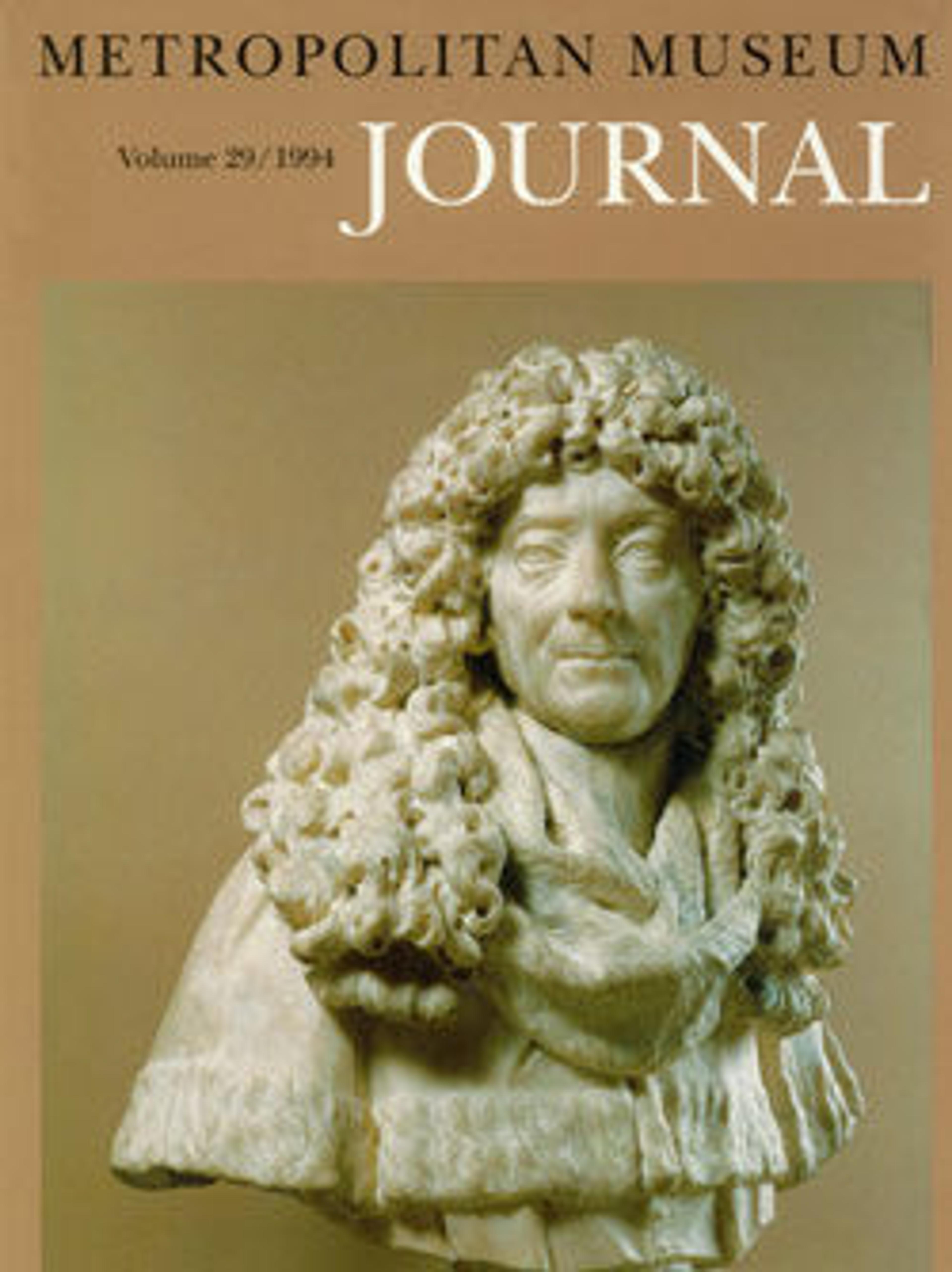Cylinder seal cap
This gold cap is part of a group of gold jewelry elements and cylinder seals found buried together at the ancient city of Dilbat, a site south of Babylon (47.1a-h). The cap and two others like it from the so-called “Dilbat hoard” (41.1j, 41.1k) are decorated with triangles of gold granulation. Originally, this cap would have been one of a pair that encased a cylinder seal. (The seals found in the hoard do not fit the caps.) A hole at the top of the cap suggests that the cap and its cylinder were meant to be strung and worn by the individual owner, but probably not as part of a composite ensemble represented by the hoard, which includes pendants and beads made in a range of styles and gold alloys, and executed with varying levels of craftsmanship.
Although it is rare for a cylinder to be preserved with its caps, impressions of cylinder seals showing borders of triangles indicate that the use of caps like this one became particularly popular during the Kassite period (ca. 1595-1155 B.C.). The combination of gold caps with brightly colored and highly polished cylinder seal stones would have created an appealing item of jewelry and emphasized the magical powers of the stone, which could act as a protective amulet for the wearer.
Although it is rare for a cylinder to be preserved with its caps, impressions of cylinder seals showing borders of triangles indicate that the use of caps like this one became particularly popular during the Kassite period (ca. 1595-1155 B.C.). The combination of gold caps with brightly colored and highly polished cylinder seal stones would have created an appealing item of jewelry and emphasized the magical powers of the stone, which could act as a protective amulet for the wearer.
Artwork Details
- Title:Cylinder seal cap
- Period:late Old Babylonian–early Kassite
- Date:ca. 17th–16th century BCE
- Geography:Mesopotamia, said to be from Dilbat
- Culture:Babylonian or Kassite
- Medium:Gold
- Dimensions:H: 1.2 cm D: 1.2 cm
- Credit Line:Fletcher Fund, 1947
- Object Number:47.1l
- Curatorial Department: Ancient West Asian Art
More Artwork
Research Resources
The Met provides unparalleled resources for research and welcomes an international community of students and scholars. The Met's Open Access API is where creators and researchers can connect to the The Met collection. Open Access data and public domain images are available for unrestricted commercial and noncommercial use without permission or fee.
To request images under copyright and other restrictions, please use this Image Request form.
Feedback
We continue to research and examine historical and cultural context for objects in The Met collection. If you have comments or questions about this object record, please contact us using the form below. The Museum looks forward to receiving your comments.
